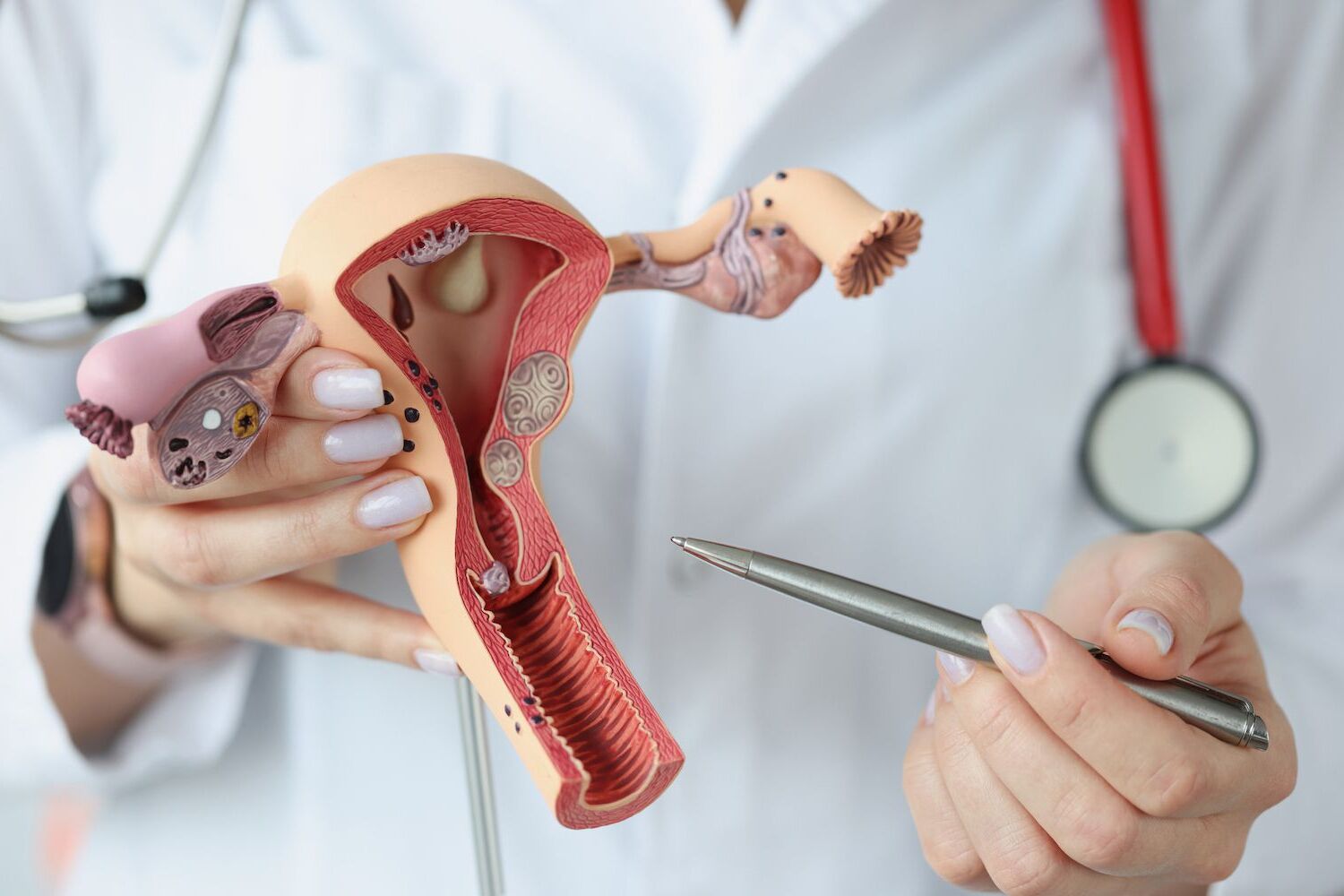
Are you curious about the connection between IUDs and ovarian cysts? You're not alone. Many people wonder if using an intrauterine device (IUD) can lead to the development of ovarian cysts. The short answer is yes, but it's not as scary as it sounds. While IUDs, especially hormonal ones, can sometimes cause cysts, these cysts are usually harmless and often go away on their own. Understanding the facts about IUDs and ovarian cysts can help you make informed decisions about your reproductive health. Let's dive into 15 key facts that will clear up any confusion and provide you with the knowledge you need.
Understanding IUDs
Intrauterine devices (IUDs) are popular forms of birth control. They are small, T-shaped devices inserted into the uterus to prevent pregnancy. Here are some interesting facts about IUDs.
-
Long-lasting: IUDs can last anywhere from 3 to 10 years, depending on the type. This makes them a convenient option for those looking for long-term contraception.
-
Two types: There are two main types of IUDs: hormonal and copper. Hormonal IUDs release progestin, while copper IUDs use copper to prevent pregnancy.
-
Highly effective: IUDs are over 99% effective at preventing pregnancy, making them one of the most reliable forms of birth control.
-
Reversible: Fertility typically returns quickly after an IUD is removed. Most people can conceive within a few months.
-
Minimal maintenance: Once inserted, IUDs require little to no maintenance. Regular check-ups ensure they remain in place.
IUDs and Menstrual Changes
IUDs can impact menstrual cycles in various ways. Understanding these changes can help manage expectations.
-
Lighter periods: Hormonal IUDs often result in lighter periods or even no periods at all. This can be a relief for those with heavy menstrual bleeding.
-
Heavier periods: Copper IUDs may cause heavier periods and more cramping, especially in the first few months after insertion.
-
Spotting: Spotting between periods is common with both types of IUDs, particularly during the first few months.
-
Pain during insertion: Some people experience pain or discomfort during IUD insertion. This usually subsides quickly.
Ovarian Cysts and IUDs
Ovarian cysts are fluid-filled sacs that can form on the ovaries. Here are some facts about the relationship between IUDs and ovarian cysts.
-
Hormonal IUDs and cysts: Hormonal IUDs can sometimes cause the formation of ovarian cysts. These cysts are usually harmless and resolve on their own.
-
Copper IUDs and cysts: Copper IUDs do not typically cause ovarian cysts. They work differently from hormonal IUDs and do not affect hormone levels.
-
Symptoms of cysts: Ovarian cysts may cause pelvic pain, bloating, or changes in menstrual cycles. However, many cysts are asymptomatic.
-
Monitoring cysts: Regular check-ups with a healthcare provider can help monitor ovarian cysts and ensure they do not cause complications.
Managing Ovarian Cysts
If you have an IUD and develop ovarian cysts, there are ways to manage them effectively.
-
Pain relief: Over-the-counter pain relievers can help manage discomfort caused by ovarian cysts.
-
Medical intervention: In rare cases, large or persistent cysts may require medical intervention, such as hormonal treatments or surgery.
Understanding the relationship between IUDs and ovarian cysts can help you make informed decisions about your reproductive health.
Final Thoughts on IUDs and Ovarian Cysts
Understanding IUDs and ovarian cysts helps make informed decisions about reproductive health. IUDs are a reliable form of birth control, but they can sometimes be linked to ovarian cysts. Most cysts are harmless and resolve on their own, but persistent or painful ones need medical attention. Knowing the symptoms and when to seek help is crucial. Regular check-ups with a healthcare provider ensure any issues are caught early. Balancing the benefits of IUDs with potential risks leads to better health outcomes. Always consult with a healthcare professional to choose the best contraceptive method for your needs. Stay informed, stay healthy, and take control of your reproductive health journey.
Was this page helpful?
Our commitment to delivering trustworthy and engaging content is at the heart of what we do. Each fact on our site is contributed by real users like you, bringing a wealth of diverse insights and information. To ensure the highest standards of accuracy and reliability, our dedicated editors meticulously review each submission. This process guarantees that the facts we share are not only fascinating but also credible. Trust in our commitment to quality and authenticity as you explore and learn with us.


